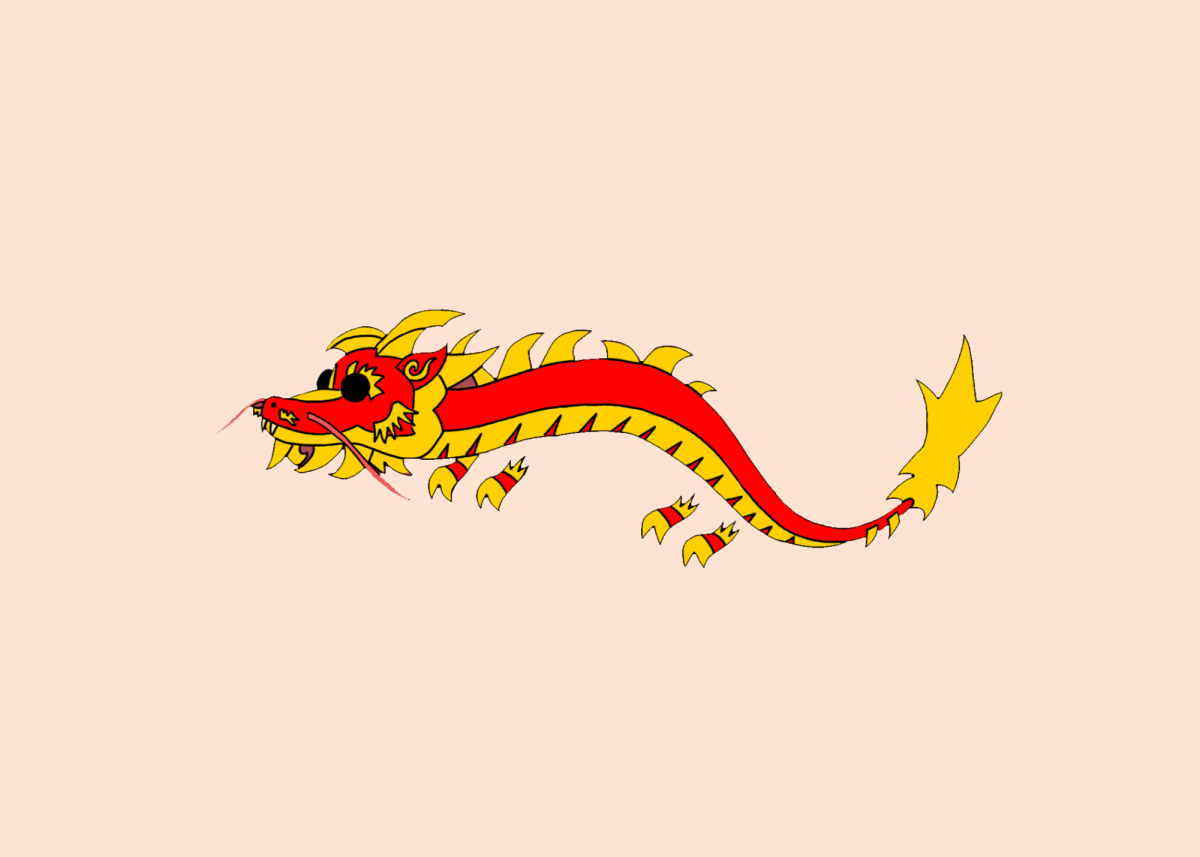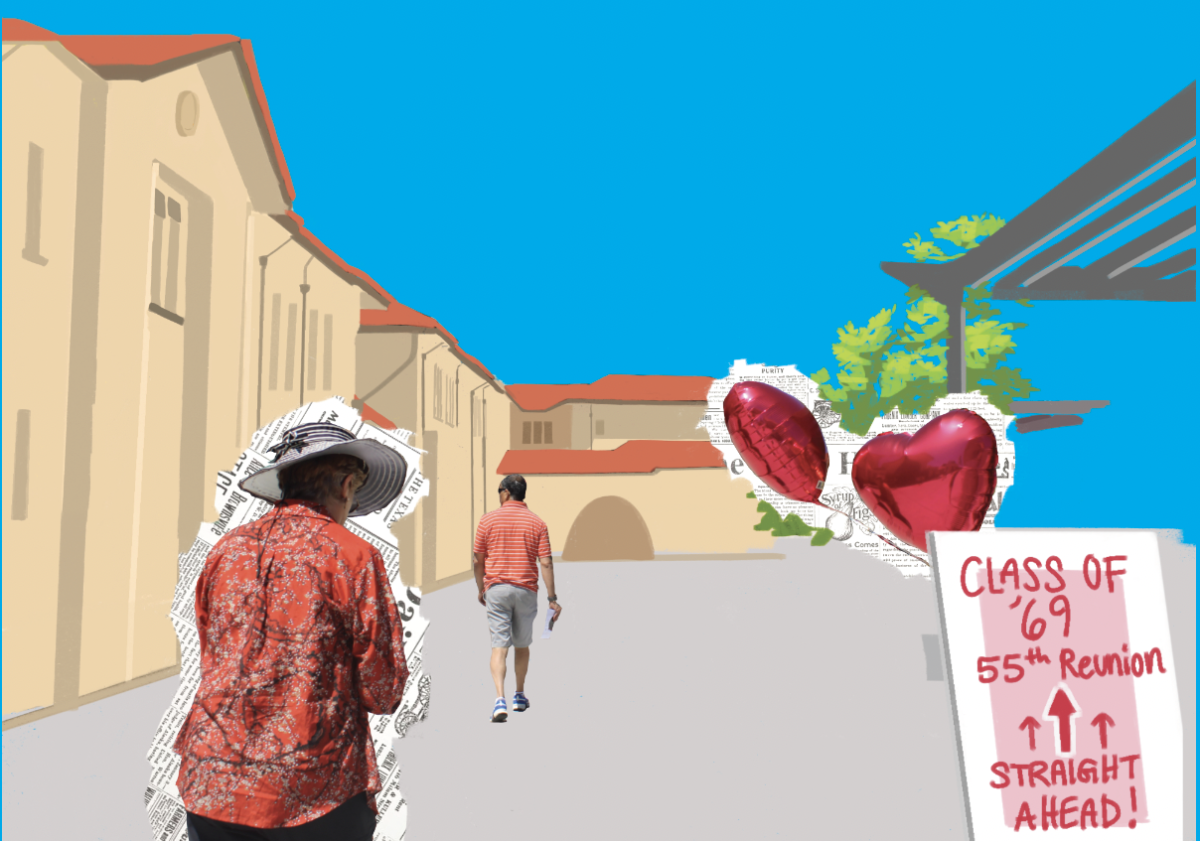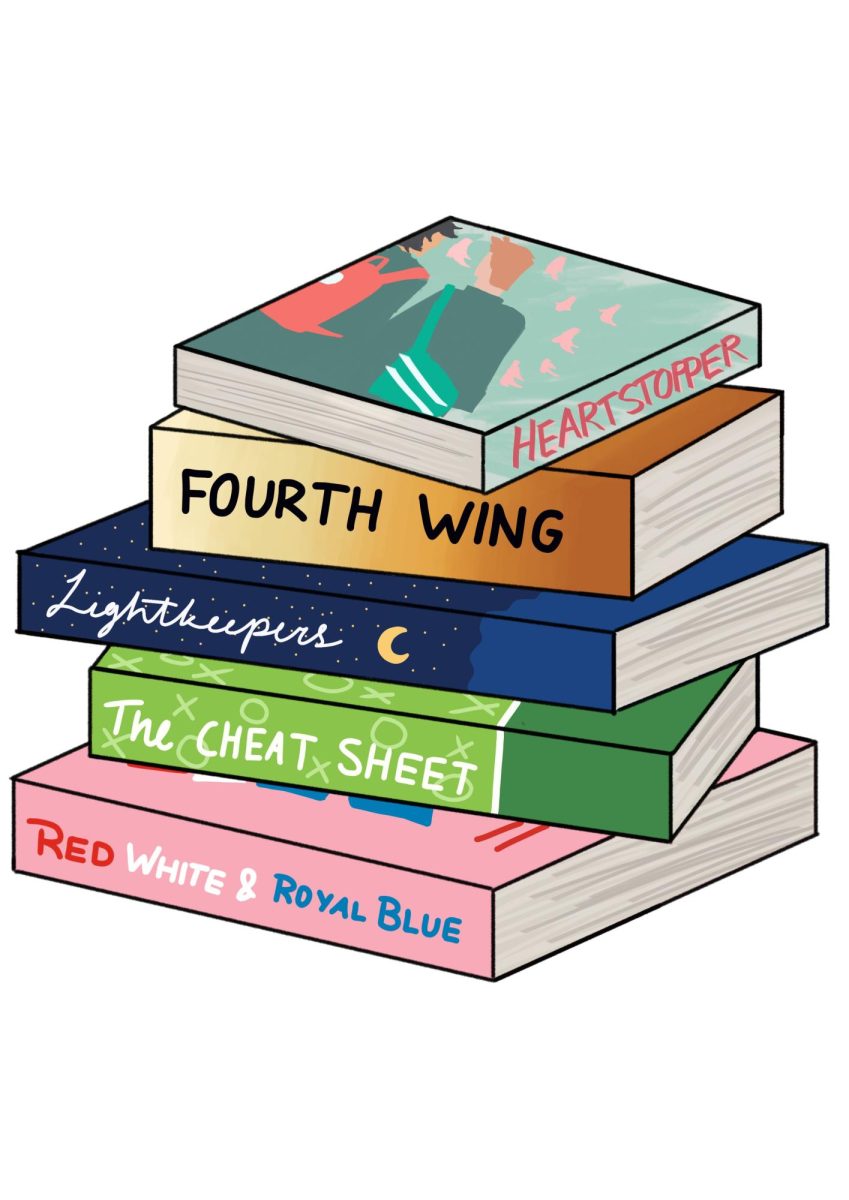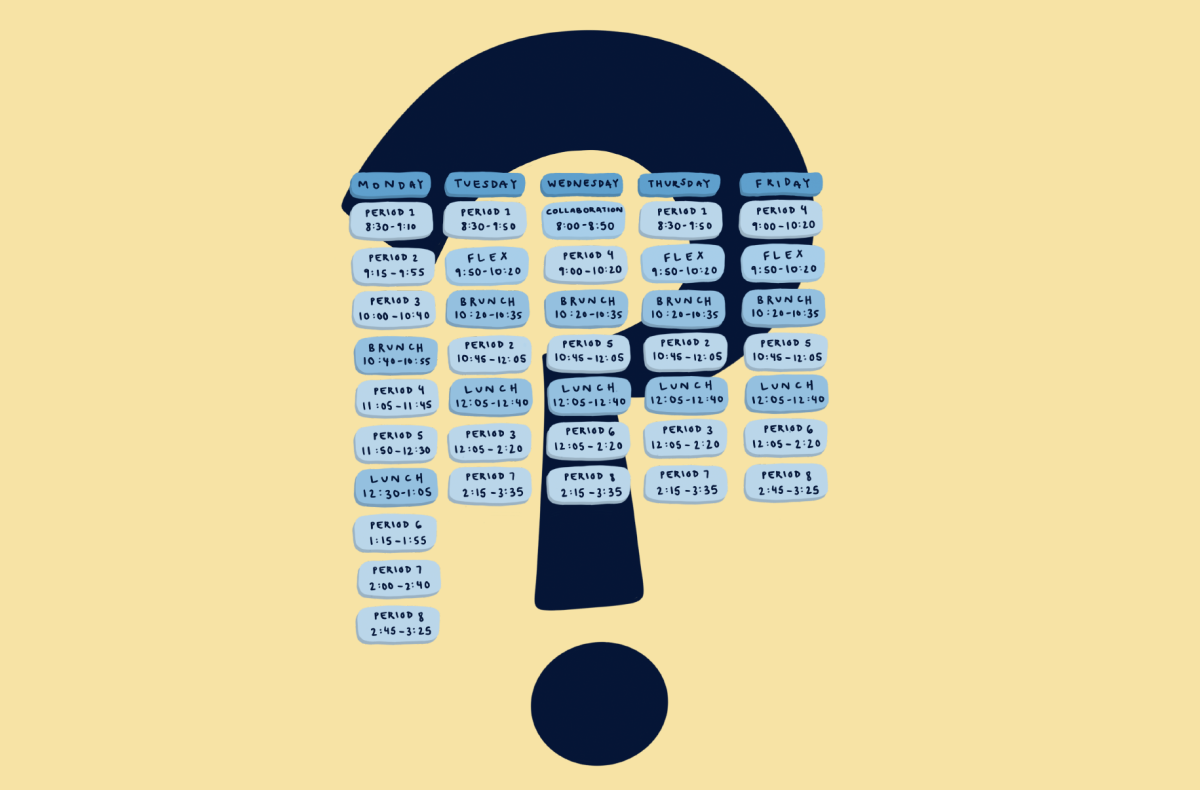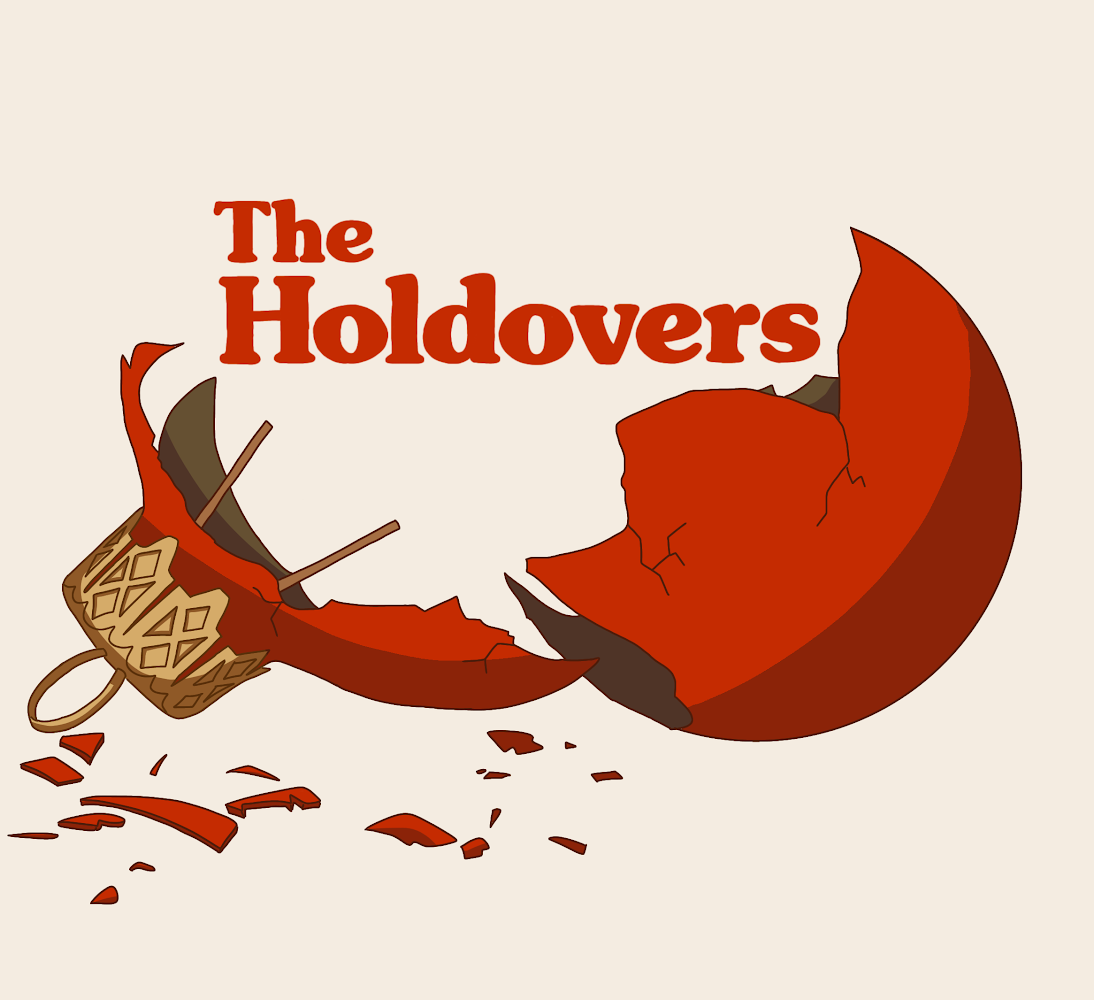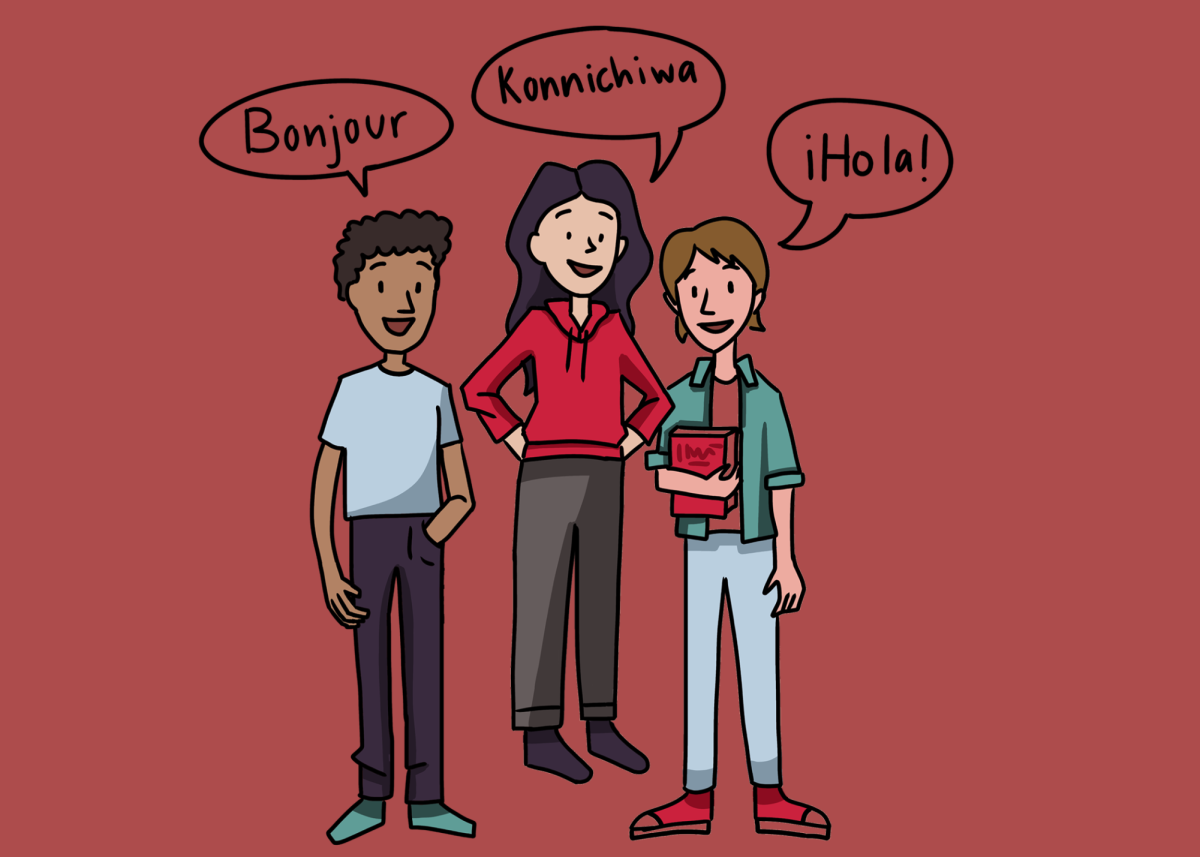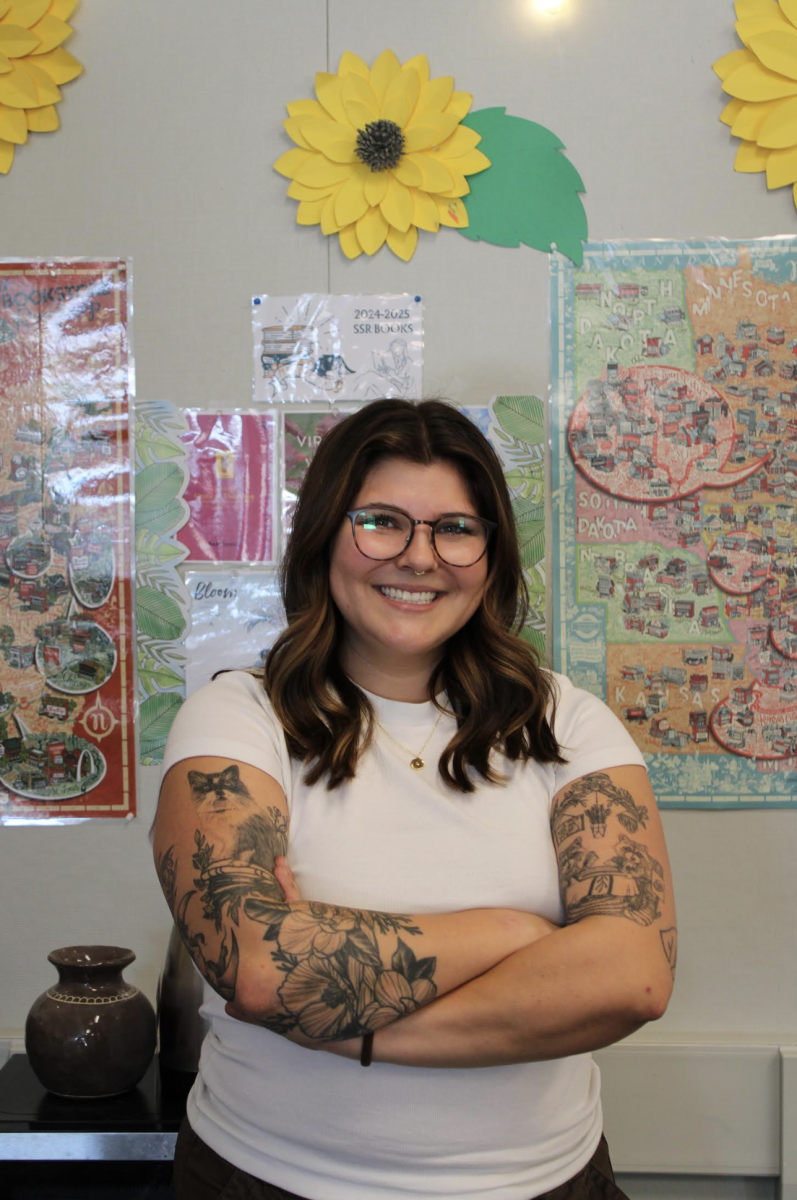Every year on January 1, billions around the world celebrate and welcome the new year with huge parties, beautiful firework shows and more. However, this is not the only time of the year where the New Year is celebrated. Between late January and early February, there is another form of New Year celebrations prevalent in the vast majority of Asia: Lunar New Year.
Lunar New Year, also known as Chinese New Year or Vietnamese New Year, is a worldwide holiday that celebrates a new year based on the lunar or lunisolar calendar. Contrary to the traditional Georgian calendar, the lunar calendar solely relies on the monthly cycles of the moon. As a result, the date Lunar New Year is celebrated can vary from year to year, but it is usually between January 21 and February 20, according to Western calendars.
The Lunar New Year originated in China nearly four thousand years ago, and later spread throughout neighboring countries. In these origins lay many legends, and one of them was Nian. According to Britannica, Nian was said to be a foul beast who feasted on the flesh of humans. However, Nian’s main weaknesses consisted of bright colors, especially red, loud noises and bright lights, such as fire. As a result, many who celebrate it wear bright-colored dresses, stamp bright red papers on sentimental objects, and light firecrackers and lanterns to scare the beast away. These activities are a superstitious way of getting rid of all the bad luck that may have stayed around them or their belongings from the previous year.
Alongside the vibrance of this festival, entertaining lion dances take place, where trained people wear costumes, mimicking a lion, to bring fortune and good luck. They usually perform stunts, while music players work in conjunction, playing the drums, gongs and cymbals.
A lot happens in the days leading up to and during this holiday, and it is celebrated differently in various Asian countries. In China, many family members gather together, and wear new clothes to look fresh for the new year.
“Usually, we have a big meal during Chuxi, which is the day before Lunar New Year,” FHS Chinese teacher Freya Li said. “Then on the second day, we go to my mom’s side of the family to have another gathering, eat and talk, and play games.”
The Vietnamese have it in a unique way, with traditional sticky rice dishes, such as bánh tét, preferred in the southern regions, and bánh chưng, preferred in the north. However, one of the most important pieces of the Vietnamese New Year celebration is the áo dài, a traditional silk dress that can be worn by men or women.
Despite the variety, one thing that is seen and given all around Asia is the one and only, glorious red envelope. A small, red envelope with drawings or text on the outside, usually filled with money on the inside. This is given to children and loved ones, as a way to wish them good luck and prosperity for the new year.
Lunar New Year is also a great opportunity to learn more about why families celebrate the holiday, and the deep roots that many don’t get to see often.
“It gives me a big opportunity to learn more about my parents and their values,” FHS junior Paris Hyunh said. “This holiday just gets me to know my parents and what they’re like. It also lets me learn more about my ancestors.”
For others, it is not just the activities that make Lunar New Year enjoyable. Some enjoy the opportunity to see loved ones, especially if they are ones that they do not get to see often.
“The main part is not just the holiday, but to get together, because it’s not often that every single family member gets to meet up,” FHS junior Linda Wang said. “That aspect of catching up, connects us more.”
These are just a few of the main points of the Lunar New Year. There are tons of things that those who celebrate can do. When one gets the opportunity to experience this holiday, they can truly see what it is like to celebrate a second new year.


